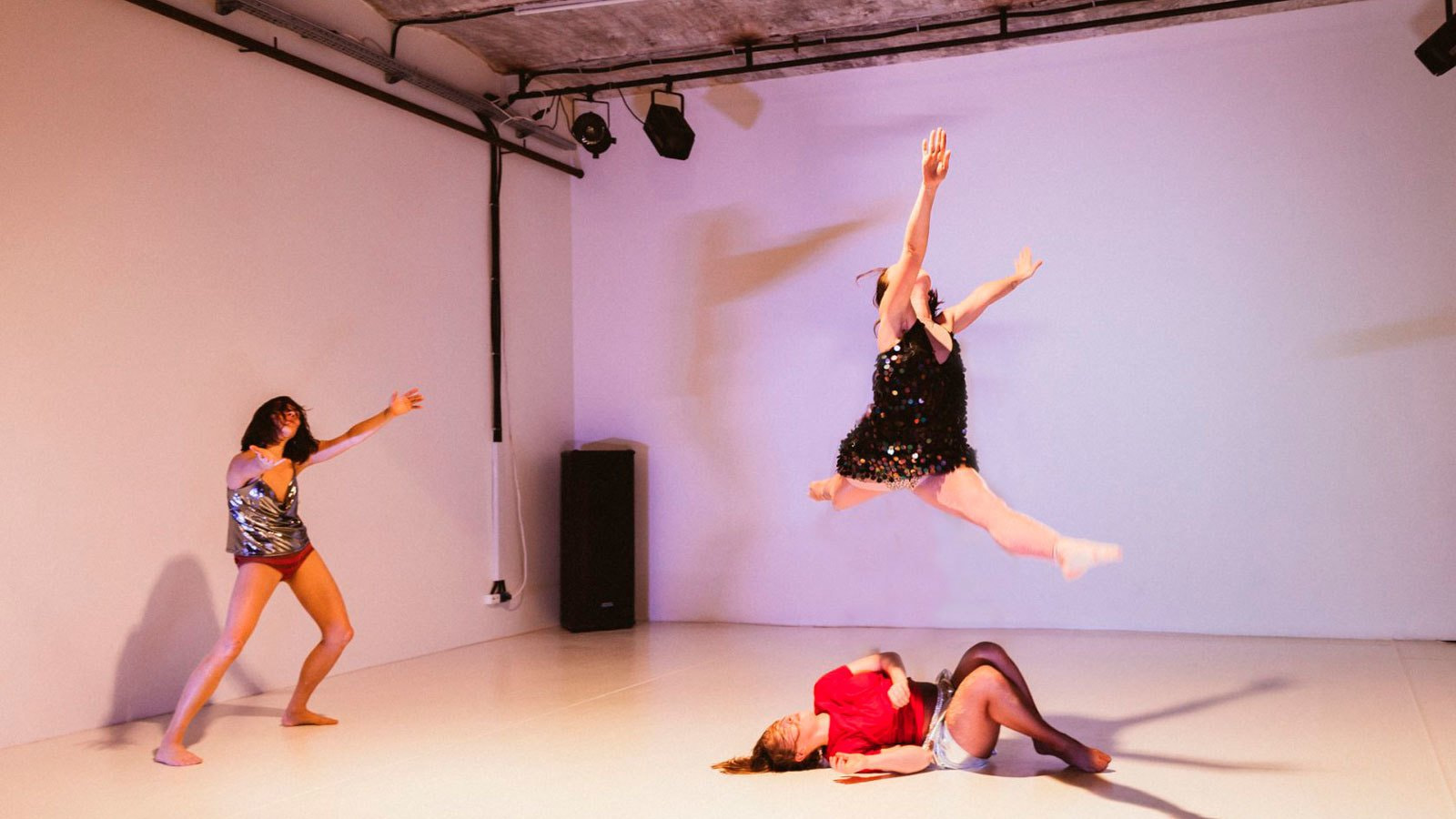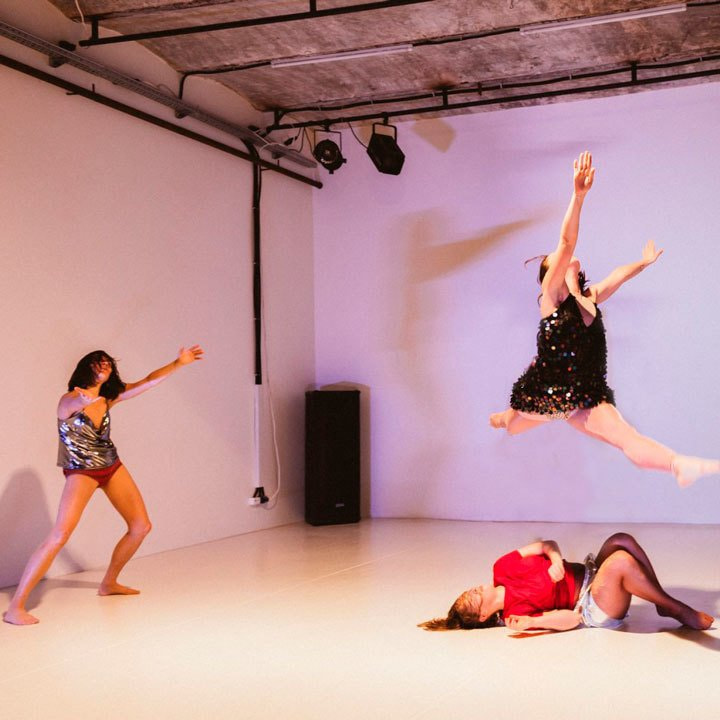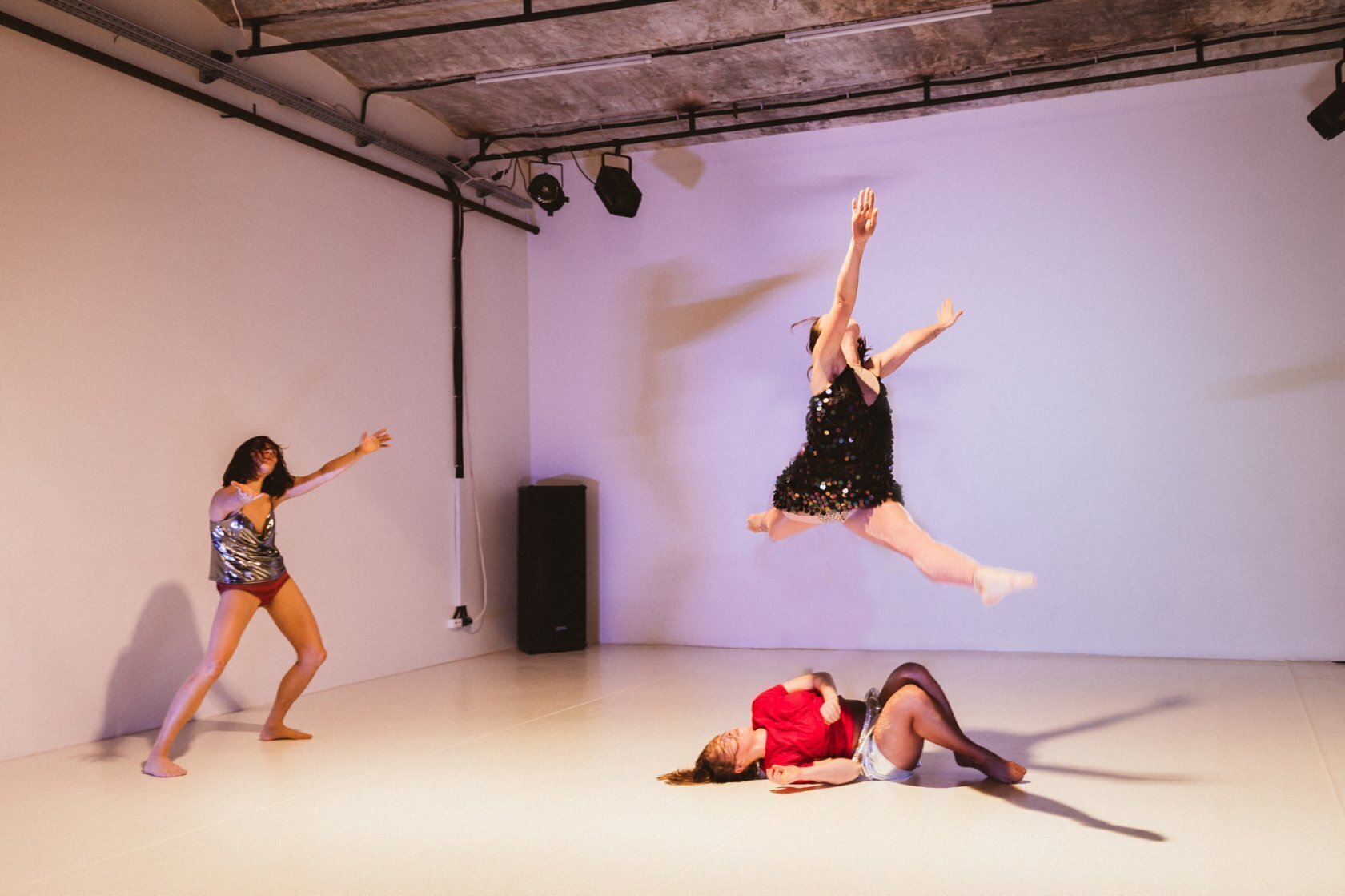The lecture will introduce the audience to the Russian contemporary dance scene. Select experimental works will trace the evolution of Western ideas about the tasks of a dance artist, point out where Russian dance follows in Western footsteps and demonstrate its specific features, and explain how dance ended up being what it is.
Fake festivals, twerk sessions, online dance apartment parties, and fortune-telling with a dance oracle—these and other odd formats compose the picture of experimental Russian dance in the past five to seven years. This kind of dance parted with the parental post-Soviet dance-theater, built a critical distance from its “big brother”, the classical ballet, and set out on a journey across contemporary art and performance, aiming to discover its authentic identity.
Making the new Russian dance even more compelling is its versatile social portrait. Once a high-end art conducted by and for professionals, contemporary dance opens doors for artists working in other mediums and even spheres of life. Ex-photographers and cultural scholars, managers and IT specialists, interpreters and PR experts can join the ranks of choreographers today. Providing the widest possible look at dance and seeing in the figure of the choreographer a universal contemporary artist, pioneers of this new scene permanently push the limits of our ideas about what contemporary dance is and what sort of creative tasks dance artists may face in the future.


